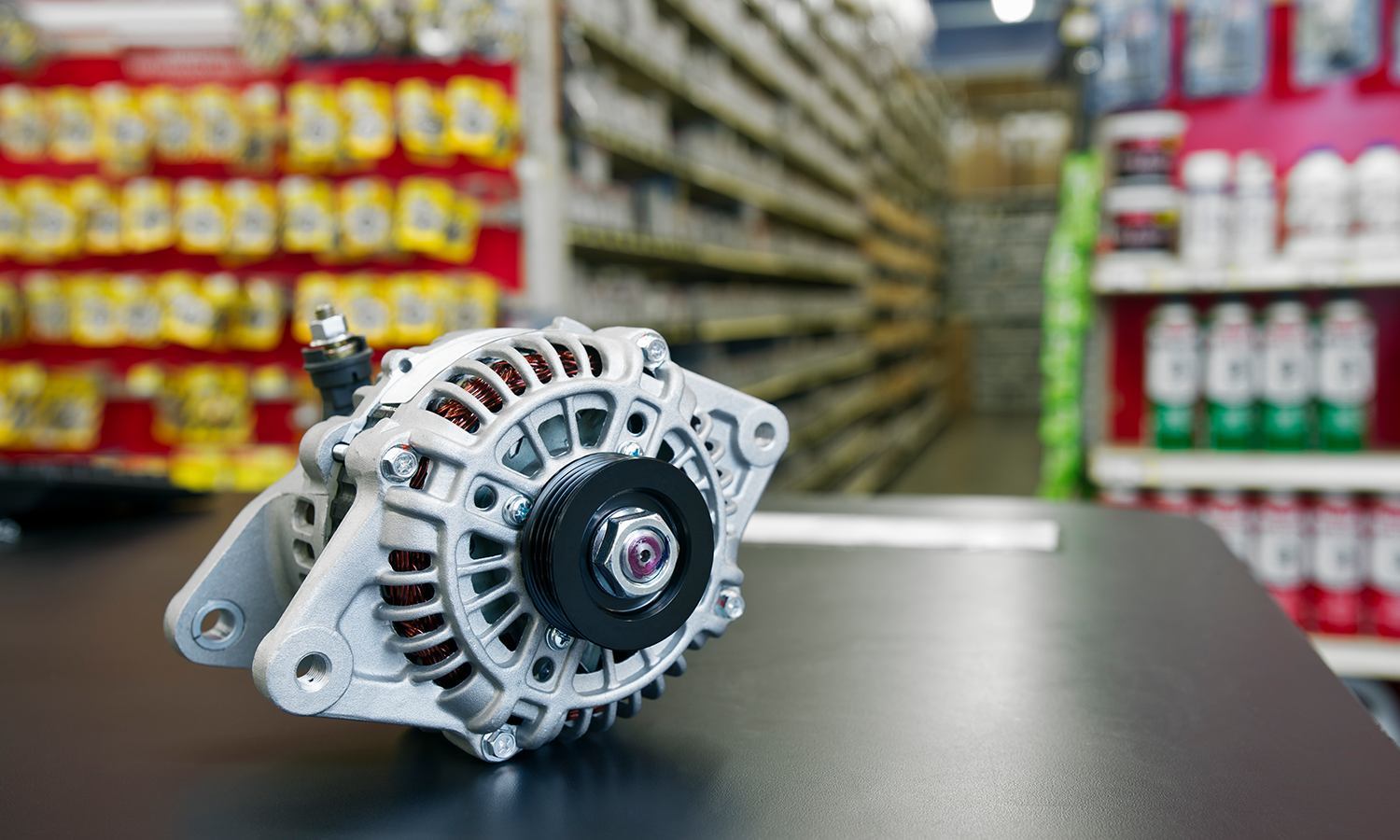It’s a machine whose purpose is to increase electrical amperage within the system. The output could reduce if the alternator isn’t turning quickly, therefore keeping up with the changing demands.
Types of High-Output Alternators
Traditional basic alternators found on vehicles provide power for primary purposes like ignition, audio, lights, and starting the engine. However, these alternators can be damaged due to overheating and can only run for a few minutes under extreme load.
Types of alternators depend on the type of:
- Car
- Power requirements
- Car’s function
These three types of alternators are:
- All functions alternators
- Running applications alternators
- Audio alternators
Audio Alternator
They are designed to run various audio systems in a car. That’s because our sound system needs to require output changes.
All Applications Alternator
Vehicles that don’t come with electric doors and windows need to run more applications using all applications alternator.
Special Design Alternator
They are designed to generate power for all car applications and systems without overheating. The type of car you have and the functions you want to perform are vital when choosing a unique design alternator.
Parts and Functions of An Alternator
High-output alternators are designed with heavy diodes that produce and carry large currents and heat. It is to achieve high-output functions.
Different amp alternators generate high electric output.
Wiring harness in an alternator is essential in handling output.
Chrome-plated compartments increase resistance in harsh conditions.
The wires and diodes that the alternator contains produce electric current and heat resistant parts to increase durability.
Alternator Operation
For vehicles, the alternator is the heart of the electrical system. It is made up of the following:
- Stationary winding
- Stator
- Rotating inner winding
Voltage passes via the voltage regulator to the rotating inner winding hence energizing the alternator, transforming it into a magnet.
The drive belt making it to work operates the rotating inner winding. The rotor produces a magnetic current, which makes AC in the stator. The diodes convert the AC to DC to run a vehicle’s electrical system. The regulator controls the voltage output.
How an Alternator Malfunctions
When an alternator produces higher amperage than it can handle when in extreme conditions, it can go wrong. It is essential to know the output alternator’s capacity and upgrade it when increasing a vehicle’s amp requirements due to up-gradation to prevent alternator failure.
Accumulation of dirt in the alternator, which stops its function and causes damage because of overheating, is the most common reason for alternator failure.
Amp Rating of The Alternator
Amp rating is the amount of current a wire can consistently for a certain period. That’s if it’s an automobile. The Amp rating of a car, however, is how long a car battery can handle the current. A high output alternator could save you money if you need an additional power source.
The type of high-output alternator you should buy depends on the function you need the alternator to perform and the kind of upgrade you need.
It’s very vital to regularly inspect if the alternator is working correctly or requires replacement.


